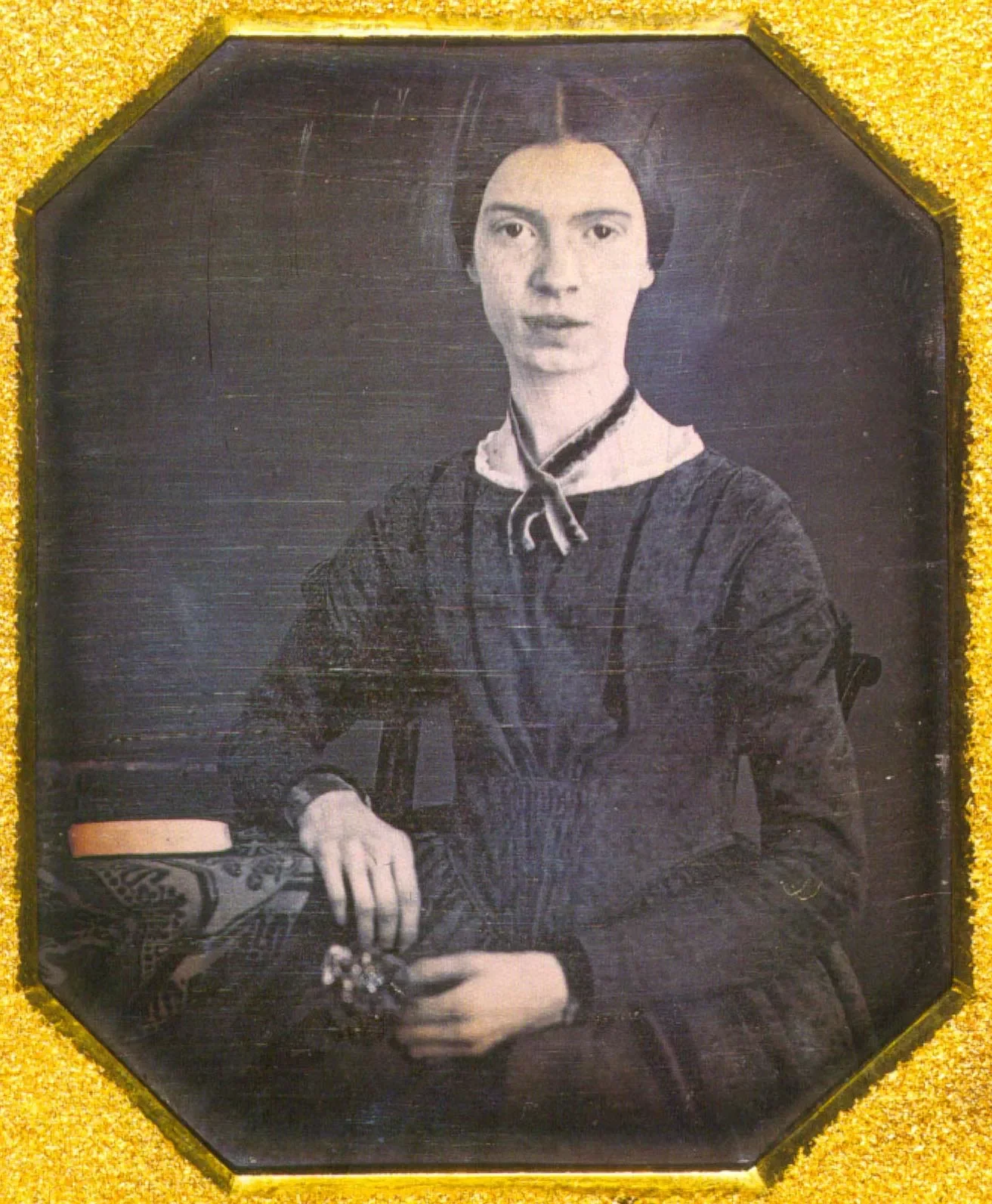Fame From Six Feet Below: The Story of Emily Dickinson
/Introduction:
Today, Emily Dickinson is a household name. Hailed as the mother of epigrammatic poetry, she is highly regarded in the literary community. But, while we know her as Emily Dickinson the famous poet, during her lifetime she was merely Emily the recluse. Keep reading to explore the fascinating tale of this prolific poet’s posthumous rise to fame!
Early Life:
IMAGE: EMILY DICKINSON MUSEUM
When Emily Elizabeth Dickinson was born in Amherst, Massachusetts on December 10, 1830, the world did not yet know the impact she would have on the poetic landscape. In fact, Emily herself would never live to see this widespread influence. She spent most of her youth cultivating domestic hobbies such as baking and gardening. She was also active within her local church, learning to play piano and sing. Emily loved literature from a young age and grew to become an avid reader during childhood.
Her father, Edward, was a lawyer and congressman, allowing him to provide her a strong primary and collegiate education. However, she disliked the college system and rebelliously left the program before graduating. Differentiated from her peers by her excellence in Latin and sciences, her prodigious literary skills emerged early. Emily began writing in her teens, submitting her poems anonymously to publications.
Literary Career:
IMAGE: BRITANNICA
Emily Dickinson’s literary career is mostly defined by an intense era of creativity that later became known as ‘the writing years’. Historians have identified this time frame as 1858-1865, where it is said that she composed the vast majority of her 1100-1800 poem collection (In other words, Emily was locked in).
This period coincided with the Civil War, and marked many changes for Emily that were possible catalysts for her burst of literary expression. During this time she unhappily returned to live in her childhood homestead with her family. Simultaneously, her brother Austin married her close childhood friend Susan Huntington Gilbert. With Emily’s ‘I don’t need a man’ mentality, the two grew progressively distant. This isolation seemed to feed Emily’s already reclusive nature, and likely attributed to the large period she spent writing independently.
During her ‘writing years’ she rarely submitted her work for publication, with only 10 of her poems appearing anonymously in newspapers. Throughout her life, Dickinson was very private about her work, choosing to format 800 of her favourite poems into small booklets (now referred to as ‘fascicles’) and shared them with select family and friends that she held in literary esteem. Whether it was imposter syndrome, or she simply did not want to pursue a literary career, we will never know.
The Grit (And The Glory)
In 1884 Emily fell ill. She was diagnosed with what was referred to as ‘Bright’s Disease’ at the time. Today, historians assume she likely suffered from a kidney ailment or heart failure due to high blood pressure. She experienced blackouts, fatigue and many other symptoms that greatly impacted her ability to manage independently. For the last seven months of her life, Emily was left completely bedridden. She sadly passed away in 1886 from her illness.
It was only after her death that her poems became widely published. Her sister Lavinia found her massive poetry collection and decided her work deserved to be seen by the world. She scandalously enlisted the help of Mabel Loomis Todd, the young wife of a college professor, to ready the work for publication. The scandalous part? Mabel Loomis Todd was having an affair - with Austin Dickinson. Emily and Lavinia’s brother, and the husband of Emily's aforementioned best friend, Susan Huntington Gilbert.
Nonetheless, acquiring Mabel’s help turned out to be quite fruitful. She spent four years editing the poems with the help of Thomas Wentworth Higginson. Together they produced Poems of Emily Dickinson which was published in 1890. It was an instant hit. The collection became so widely successful that the duo decided to release a second collection in 1891 called Poems of Emily Dickinson, Second Series. This collection also quickly rose to fame, cementing Dickinson’s place as one of the first renowned female poets in America. Although she was not alive to see it, her dedication, love for literature, and pure grit ultimately solidified her place in the (figurative) literary hall of fame.
Clara Ivis is a student of Professional Writing from Ottawa, Ontario. When she is not inhaling books, she can be found drinking espresso martinis with friends or hiking in the Gatineau hills. A fan of the classics and high fantasy, Clara values great world-building and emotionally relatable characters. Among her favourite authors are many of the great female writers, such a Sylvia Plath and Jane Austen. Clara is currently writing her debut novel, which she often equates to climbing Everest. If you ever find yourself wanting to be in her good graces, she accepts Strava kudos and Audible credits.




